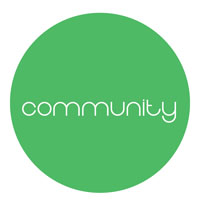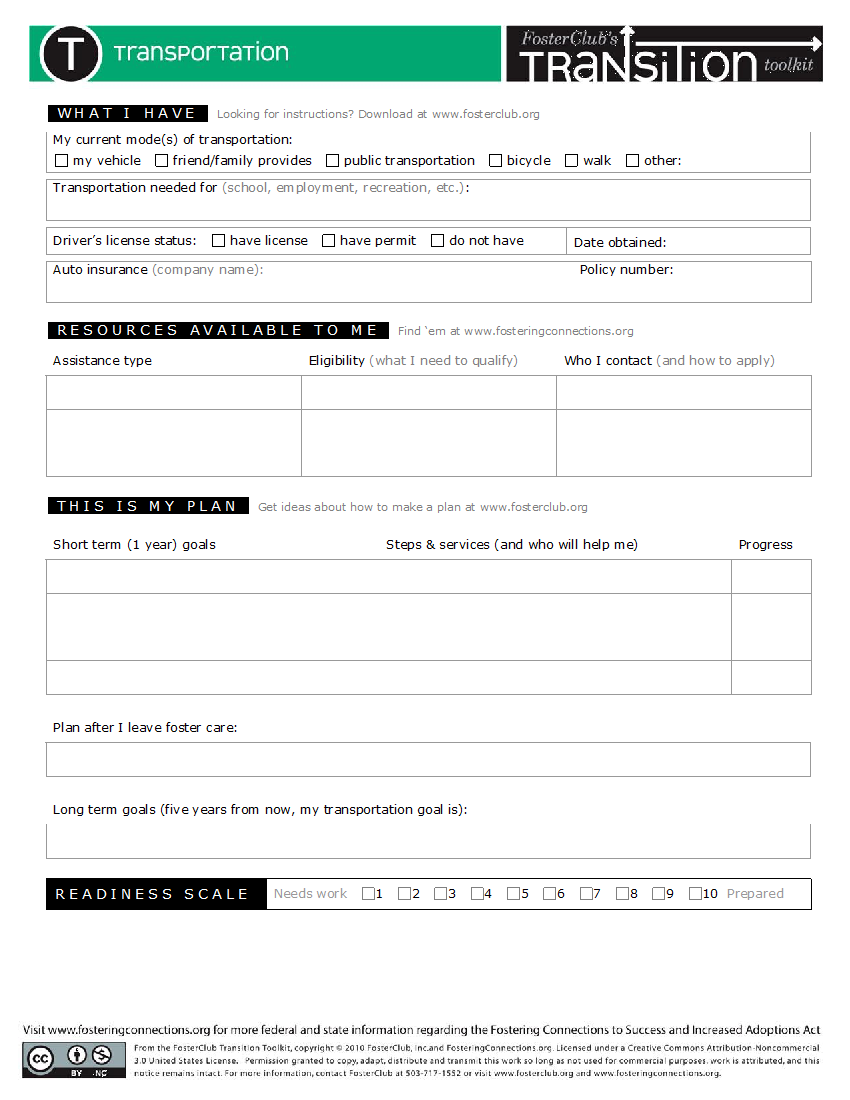

Living Locally
Getting Around
Taking Charge of Your Personal Space
Connecting with Nature
Getting Around
Getting Where You Need to Go
Adapted from “Getting Where You Need to Go” in the Foster Care Transition Toolkit, U.S. Department of Education (May 2016), pp. 53-57. Public domain.
Finding Public Transportation
You can check out online transit information in your region or county at California Transit Links. If you are looking for public transportation in other states, check out the American Public Transportation Association website.
Free or Reduced Fare Ride Programs
Your community transit authority may offer reduced fare and free ride programs to some public transit riders, such as students and people with disabilities. Check with your transit authority, a transit station attendant or a transit operator for assistance. If you need help getting to specific social services, ask the service provider what transportation assistance is available to get to and from the program.
Special Accommodations for People with Disabilities
If you receive special education and/or related services, you may be eligible for transportation services to access educational programs. Ask your social worker about your eligibility. If you need help getting to a specific program, be sure to ask the program provider for assistance with special transportation accommodations.
Transportation to Doctor Appointments
If you receive health insurance through Medi-Cal, you may be eligible for non-emergency medical transportation for medical-related health appointments. Ask your social worker or health care provider to help you explore your eligibility for transportation services in your area.
Walking and Biking
Walking and biking can be a cost-effective way to get around. You can find out how walkable your community is by going to Walk Score. You can even find out community places that are within walking distance of where you live. Even if you don’t own a bike, many urban cities have bike share programs. Dial 311 for information about whether a bike share program exists in your area. Some regions have maps with designated bike and walking routes. You can also use the Google Maps menu to see biking and walking routes and estimate the time it will take to reach your destination.
Rideshare and Carpools
A carpool or rideshare is a group of people who travel to a common destination together. This is a great way to cut down on expenses. Check out this directory of rideshares that includes information and links to many national rideshare sites, including Rideshareapps, Ridester, The Rideshare Guy, The Rideshare Owl, AlterNetRides, eRideshare, CarpoolWorld, Zimride, Zipcar — and more.
Uber, Lyft and Taxi Cabs
Ride services offered through apps such as Uber or Lyft usually require the ability to set up an account with a credit card. Be sure to understand the cost of services before using a credit-related payment system.
Driving a Car
Driving a car can be a convenient way to get around. Keep in mind that you must be insured to drive in California and remember to figure in all the costs associated with owning or renting a car, including insurance, gas, road service, repairs and parking – not to mention the purchase or use fee.
You may be able to take a driver education class through a high school or community college program. If you are under age 18 and at least 15 ½, you can apply for a provisional permit while you are learning to drive. If you are over age 18, you must also get a permit before you can be issued a driver’s license for the first time.
Getting a Driver’s License
Applying for a Driver’s License. Foster youth, both dependents and wards, may apply for a driver's license if the application is signed by:
- a grandparent
- a sibling over the age of 18
- an aunt or an uncle
- a foster parent with whom the minor resides
- a probation officer*
- a child protective services worker*
*Probation officers and child protective services workers can sign an application only if the foster youth files proof of financial responsibility.
Liability. Once a youth has a driver's license, his or her parents or guardians are responsible for any damages resulting from any accident or injury caused by the youth while driving a motor vehicle. The same is true for any person (including a foster parent) who signs a driver's license application on behalf of a youth. (Only state and county probation officers and county social workers are specifically exempted from joint liability.) Therefore, probation officers and county social workers may sign driver license applications on behalf of foster youth irrespective of the joint liability provisions if the foster youth files a proof of financial responsibility.
For specifics, check online at the California Department of Motor Vehicles.
Transportation Plan
Use this tool to help you track what modes of transportation you currently have, what transportation resources are available to you, and what your transportation goals are as you transition into adulthood.
